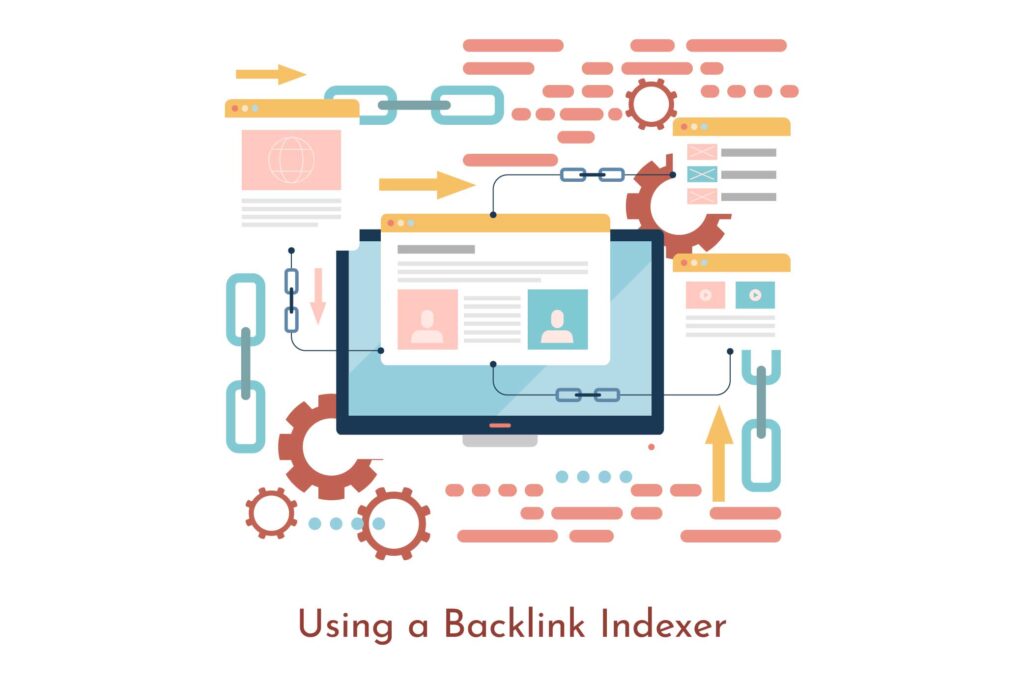Backlinks are crucial for assessing a website’s authority and exposure in search engine optimization (SEO). However, more than merely acquiring backlinks is required to enhance your SEO endeavors. It is equally crucial to ensure that search engines index these backlinks. This is where a backlink indexer proves invaluable. This article will explore how to effectively use a backlink indexer to boost your SEO.
Understanding Backlinks
Before diving into the specifics of a backlink indexer, let us first understand the concept of backlinks. Backlinks are links originating from other websites that direct traffic to your website. They serve as endorsements, indicating to search engines that your website is valuable and trustworthy. High-quality backlinks enhance the chances of your website ranking well in search engine results pages (SERPs).
Importance of Backlink Indexing
Search engines like Google rely on their index to catalog and organize web pages. When a backlink is not indexed, search engines are unaware of its existence. The backlink only contributes to your website’s SEO endeavors with indexing. Therefore, ensuring that search engines index all your backlinks is crucial.
What is a Backlink Indexer?
A backlink indexer is a tool or service that facilitates search engine discovery and indexing of your backlinks. It expedites getting your backlinks recognized and included in search engine indexes. Utilizing a backlink indexer can maximize the impact of your backlink-building efforts and improve your website’s SEO performance.
Benefits of Using a Backlink Indexer
Using a backlink indexer offers several advantages for your SEO strategy:
1. Faster Indexing: A backlink indexer expedites the indexing process, enabling search engines to find and acknowledge your backlinks promptly.
2. Increased Visibility: Indexed backlinks enhance your website’s visibility in search engine results, thereby increasing organic traffic and improving rankings.
3. Enhanced SEO Performance: Indexed backlinks provide stronger signals to search engines, underscoring the relevance and authority of your website.
4. Efficient Backlink Management: A indexer enables seamless tracking of your backlinks and identification of any indexing issues.
5. Time and Cost Savings: A backlink indexer saves you time and resources by automating the indexing process, allowing you to focus on other essential SEO activities.
Step-by-Step Guide to Using a Backlink Indexer
Follow these steps to utilize a backlink indexer effectively:
Step 1: Choose a Reliable Backlink Indexer Tool
Begin by selecting a reputable backlink indexer tool that aligns with your requirements. Consider speed, accuracy, and compatibility with different backlink sources.
Step 2: Import Your Backlink List
Once you have chosen a backlink indexer tool, import your backlink list into the device. Ensure that the list comprises high-quality backlinks sourced from reputable websites.
Step 3: Initiate the Indexing Process
Initiate the indexing process through the backlink tool. It will notify search engines about your backlinks and prompt them to index them.
Step 4: Monitor Indexing Progress
Keep a close eye on the indexing progress using the backlink tool. Monitor which backlinks have been successfully indexed and identify any potential issues.
Step 5: Analyze Results and Take Action
Analyze the results of the indexing process and take appropriate action. If any backlinks have not been indexed, investigate the reasons and consider re-indexing or replacing them if necessary.
Best Practices for Using a Backlink Indexer
To make the most out of your backlink indexer, consider the following best practices:
1. Practice 1: Focus on Quality Backlinks: Prioritize acquiring high-quality backlinks from authoritative websites relevant to your niche.
2. Practice 2: Diversify Anchor Texts: Use a variety of anchor texts when building backlinks to avoid over-optimization and improve link profile diversity.
3. Practice 3: Monitor Indexing Regularly: Regularly check the indexing status of your backlinks to ensure search engines are recognizing them.
4. Practice 4: Re-index as Needed: If you notice any issues with indexing or changes in search engine algorithms, re-index your backlinks to maintain their visibility.
5. Practice 5: Keep Building Backlinks: Build new backlinks to strengthen your website’s authority and SEO performance.
Common Mistakes to Avoid When Using a Backlink Indexer
While using a backlink indexer can be beneficial for off-page SEO, it is vital to avoid these common mistakes:
1. Mistake 1: Relying Solely on Indexing: Indexing alone does not guarantee improved SEO. Focus on building quality backlinks and optimizing your website’s content.
2. Mistake 2: Neglecting Quality Control: Ensure that the backlinks you acquire are from trustworthy sources and relevant to your website’s content.
3. Mistake 3: Over-Indexing Backlinks: Avoid excessive re-indexing backlinks, as it may trigger search engine penalties and negatively impact your SEO efforts.
4. Mistake 4: Ignoring Analytics and Insights: Monitor and analyze the performance of your indexed backlinks to make informed decisions for future SEO strategies.
5. Mistake 5: Not Staying Updated: Stay updated with the latest SEO trends and search engine algorithm changes to adapt your backlinking strategy accordingly.
Conclusion
Utilizing a backlink indexer is an effective way to boost your SEO efforts by ensuring the proper indexing of your backlinks. By following the step-by-step guide, implementing best practices, and avoiding common mistakes, you can maximize the impact of your backlink-building strategy and improve your website’s visibility and rankings in search engine results.




